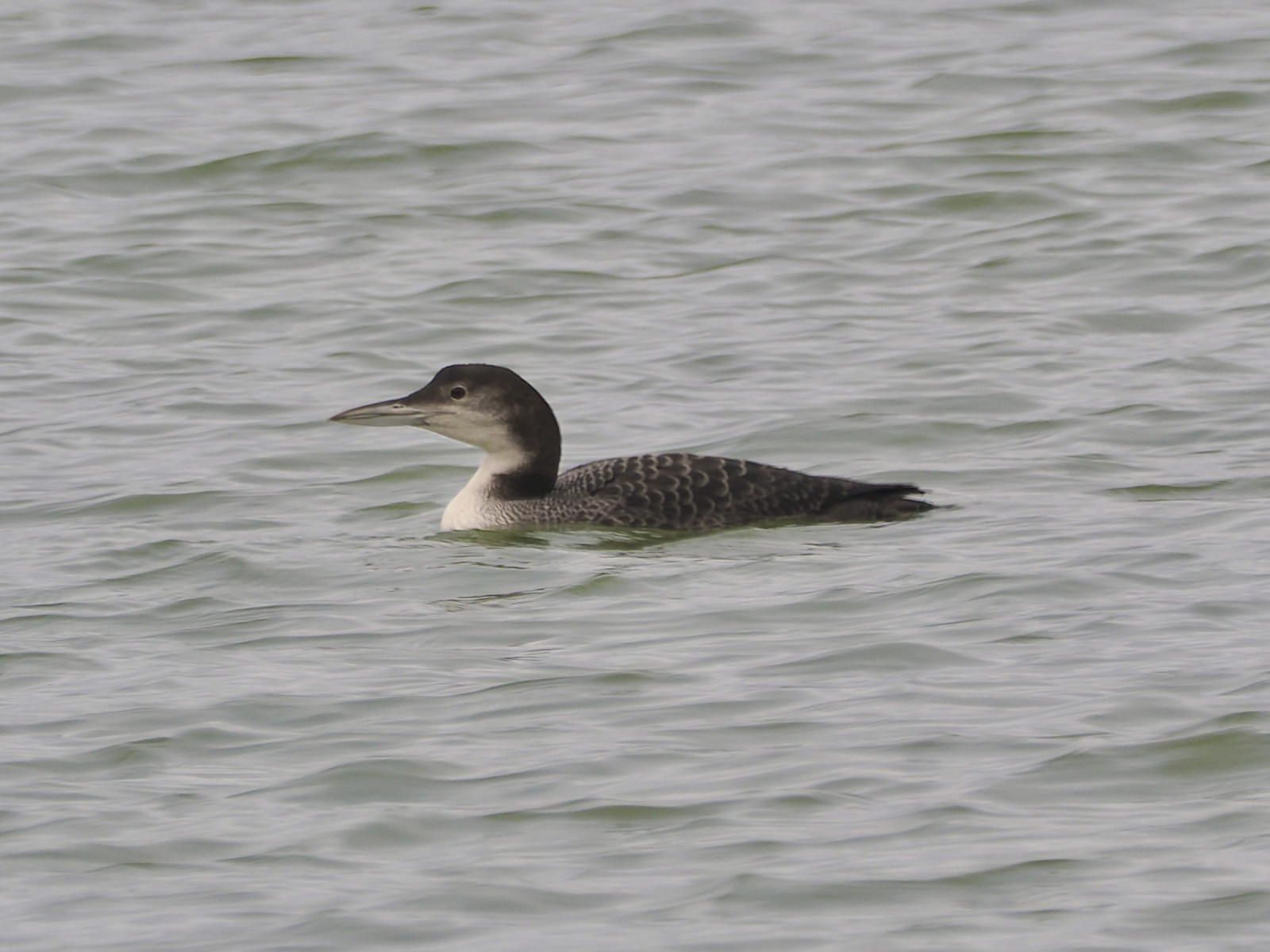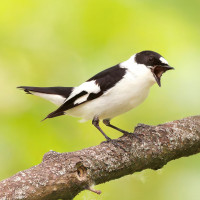Opis
The barrage of Bertoldsheim hardly ever freezes and is therefore an suitable site for hibernating waterfowl, mostly for diving ducks. Regularly, gągoł, bielaczek, łabędź krzykliwy and less often uhla and szlachar are observed. Depending on the water level large sandbanks are exposed and attract during migration season numerous waders (up to 100 batalion). Pay attention also to less common species! The same counts for migrating terns: While rybitwa rzeczna also breed on the site, rybitwa czarna and here and then rybitwa białoskrzydła, rybitwa białowąsa and rybitwa wielkodzioba rest in the boundaries of the reserve.
Particularly, along the southern shore of the Danube you find a dense riparian forest, which holds wilga (zwyczajna), kukułka, several woodpeckers, słowik rdzawy and muchołówka białoszyja; for the latter a walk eastwards might turn out more promising than directly at the barrage. Finally, ohar, kazarka rdzawa, hełmiatka and krakwa remain on the reserve usually all along the summer, partially as breeders.
Along both river banks run broad paths, from which most parts of the site can easily be observed. A spotting scope is indispensable due to the long distances. During the summer months heat haze is a serious problem.
Szczegóły
Dostęp
Two car parks can be approached for a visit. The first is situated between Bertoldsheim and Marxheim. Pay attention to a signpost for the "Segelhafen" and follow it to the car park. For the second drive southwards from Bertoldsheim in the direction of Burgheim. After you've crossed the bridge over the river Danube you should find single parking places on each side of the road.
The best access by public transport is definitely the train station of Burgheim a few kilometers south of the reserve. It should be noted that the whole area is flat and suitable for cycling.



